If you have been told that you have periodontal disease (gum disease), you are not alone. With the knowledge of periodontics (the study of tooth structure) from a qualified professional, you will be in good hands and you will better understand how to treat it.
According to recent results from the Centers for Disease Control and Prevention (CDC), half of Americans aged 30 or older suffer from periodontitis, the most advanced form of periodontal disease. This is equivalent to about 64.7 million Americans.
Periodontal diseases range from simple gum inflammation to serious diseases that cause significant damage to the soft tissues and bones that support the teeth. In the worst case, the teeth are lost. If you think you are suffering from it, don’t let things progress, otherwise you risk seriously damaging your teeth. Whether your gum disease is stopped, slowed down or worsened depends largely on how you care for your teeth and gums every day.
Read on to discover some of the strange and wonderful facts about dentistry and gum disease that you may not have heard of or thought you would ever need to know… until now!
1. What is periodontal disease?
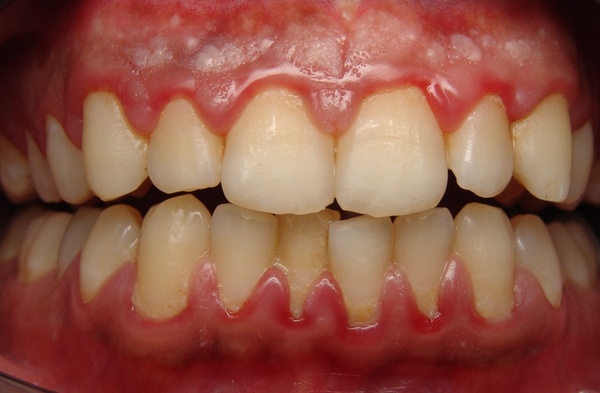
Periodontal disease (gum disease) is an inflammatory disease that affects the soft, hard structures that support teeth.
It is a gum infection. It is caused by plaque, a sticky film that accumulates on teeth and gums. Plaque produces acids and toxins that can make gums red and puffy, but can also cause them to bleed.
Over time, gum disease can cause gums to come off the teeth. This can form pockets between the teeth and gums. Germs can be trapped in these pockets, weakening the bone around the teeth.
Gum disease is common. Many people have an early form of gum disease, which can be treated with good oral care. But if you ignore gum disease, it can weaken the bone around your teeth, which eventually leads to tooth loss.
2. Are periodontal diseases an integral part of aging?

Gum disease is not an inevitable effect of aging. Gum disease is caused by the accumulation of dental plaque, and this can happen to both the elderly and teenagers. Gum disease is more common in older people who are facing changes such as retraction of the gums and faster accumulation of plaque. Other factors such as smoking, dry mouth and the use of certain medications can further increase the risk of periodontal disease in the elderly.
3. There are different types of periodontal diseases
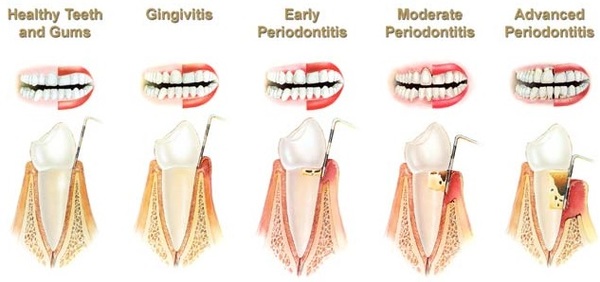
In the early stage, called gingivitis, the gums become swollen and red due to inflammation, which is the body’s natural response to the presence of harmful bacteria.
In the most serious form of periodontal disease called periodontitis, the gums move away from the tooth and the tissues of the supporting gums are destroyed. The bone may be lost and the teeth may loosen or fall out.
There are many forms of periodontitis. The most common are the following:
- Aggressive periodontitis occurs in patients who are otherwise clinically healthy. Common characteristics include rapid attachment loss, bone destruction and family aggregation;
- Chronic periodontitis causes inflammation of the supporting tissues of the teeth, progressive fixation and bone loss. This is the most common form of periodontitis, characterized by a pocket formation and/or gum recession. It is prevalent in adults, but can occur at any age. The progression of attachment loss usually occurs slowly, but periods of rapid progression may occur.
- Periodontitis as a manifestation of systemic diseases often begins at a young age. Systemic conditions such as heart disease, respiratory disease and diabetes are associated with this form of periodontitis.
- Necrotizing periodontal disease is an infection characterized by the necrosis of gingival tissues, periodontal ligaments and alveolar bone. These lesions are most commonly observed in people with systemic conditions such as HIV, malnutrition and immunosuppression.)
4. “Gum disease is not that serious and will go away on its own”
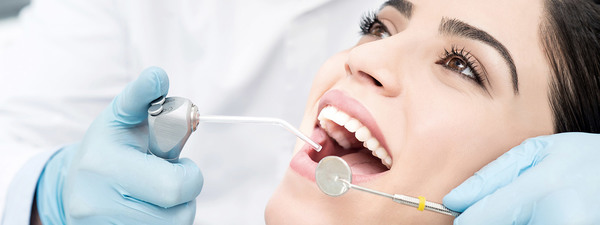
Gum disease develops slowly over time and may not show symptoms along the way, but this does not take away from the severity of the situation for seniors. Moreover, the disease will not disappear on its own. What starts with a small redness of the gums and bleeding can turn into pockets around the base of the teeth, which eventually detach and fall off. The only way to remove plaque deep under the gums is to do regular dental cleaning.
5. “I’ll spot the signs of gum disease before it gets too serious”

Gum disease is not easy to detect, especially at the beginning. In fact, many seniors are unaware that they have periodontal disease because it develops slowly over time. That’s why regular visits to the dentist are so important. Professional deep cleaning will remove any plaque build-up in areas that you may not be able to reach on your own.
6. “I shouldn’t worry if my gums bleed when I brush my teeth”
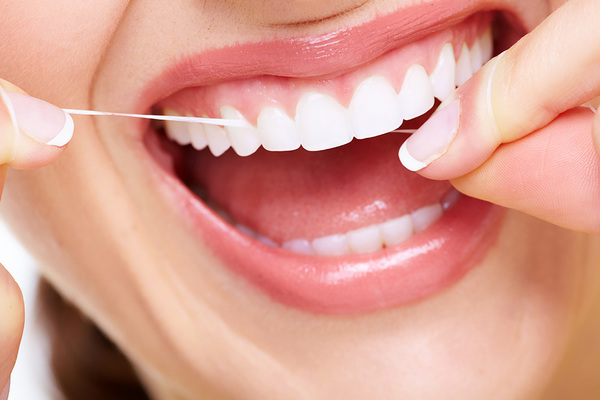
Your gums should not bleed when you brush or floss. Gum bleeding is one of many signs of periodontal disease. Other signs: red, swollen or sensitive gums, sores in the mouth, gums moving away from the teeth, persistent bad breath (halitosis), pus between teeth and gums, loose or separating teeth, changes in the adjustment of your teeth when you bite and any changes in the adjustment of partial dentures.
7. “Gum disease has nothing to do with the rest of my health”
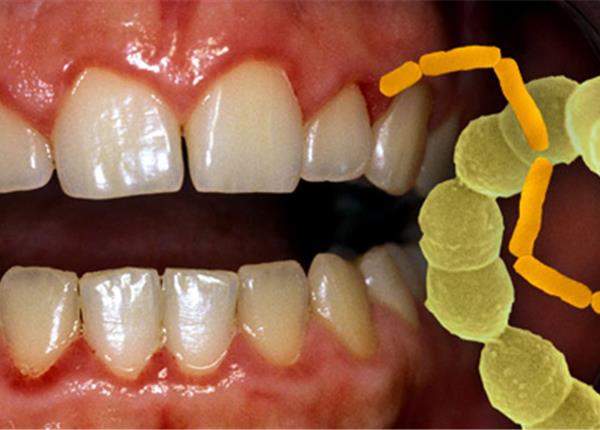
Bacteria released by chronic oral infections can spread and contribute to the disease in other parts of the body. Gum disease is linked to several other health problems in the elderly, including coronary heart disease and stroke. Having periodontal disease makes it more difficult for people with diabetes to manage their blood sugar levels. It can also be a threat to people with respiratory diseases or osteoporosis.
If you have gum disease, your dentist may recommend scaling and root planing. This non-surgical treatment for gum disease consists of removing plaque and tartar from the pockets around the tooth and smoothing the root surfaces. More advanced cases of gum disease may require surgical dental treatment.
8. “Gum bleeding is not that important”
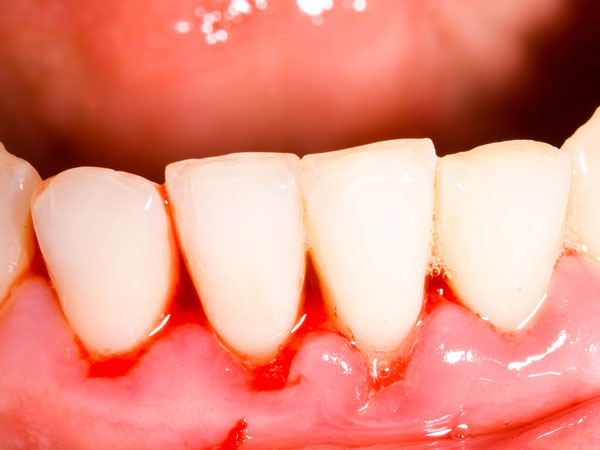
Red, swollen and bleeding gums are an important sign of periodontal disease. If you notice bleeding while brushing or flossing, or when you eat certain foods, you should make an appointment with your dentist for an evaluation of periodontal disease. Studies have shown that in addition to tooth loss, gum disease can contribute to the progression of other diseases, including heart disease and diabetes. It is therefore important that you start treating periodontal disease as soon as possible.
9. “No need to floss every day”
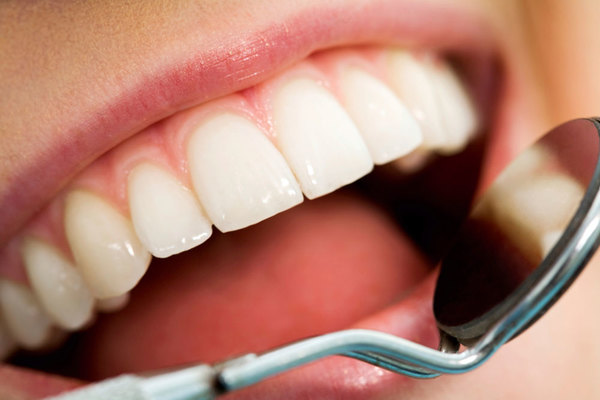
Routine oral care, which includes brushing after each meal and before bedtime, as well as flossing at least once a day, is the best way to prevent gum disease. However, a recent survey estimates that only 13.5% of Americans floss every day. It is essential that you follow your daily oral care and consult a dental professional twice a year for a thorough examination. If gum disease is diagnosed, a consultation with a periodontist, a dentist specializing in the treatment of periodontal disease, can be beneficial.
10. “A visit to the periodontist will be frightening”
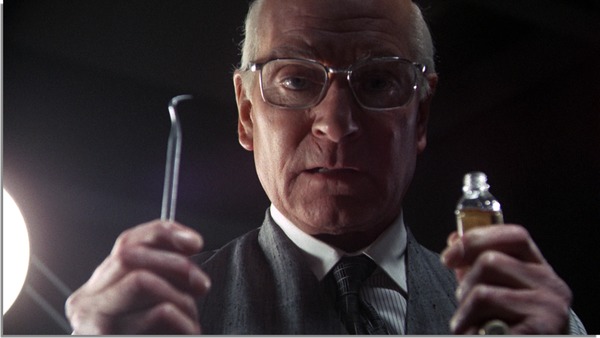
Periodontists are experts in gum disease. They have received specialized training of three years or more following dental training focused on the diagnosis, treatment and prevention of periodontal disease. Periodontists are equipped with the latest treatments and technologies, using innovative tools such as digital radiography, ultrasound technology, biomarker measurement and laser therapy to help you make your visit more comfortable.
11. “A tooth lost due to gum disease is a tooth lost forever”
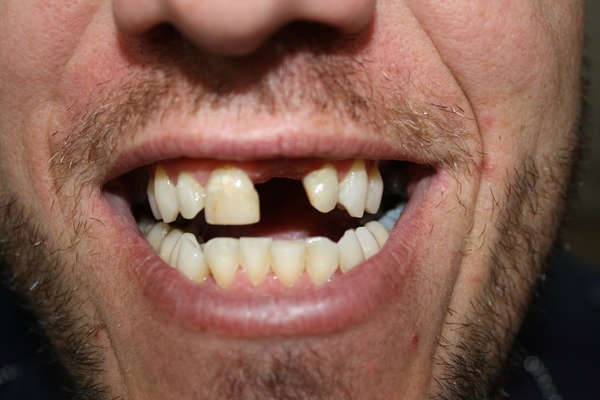
Gum disease is a major cause of tooth loss in adults. However, in addition to treating gum disease, periodontists are also experts in dental implant placement – a convenient and comfortable way to permanently replace missing teeth. A dental implant is an artificial dental root that is placed in the jawbone to hold a replacement tooth. Studies have shown that dental implants have a success rate of 98% and with proper care, they allow you to talk, eat and smile with confidence. In fact, a survey conducted by the American Academy of Periodontology revealed that more than 70% of respondents said they were “satisfied” or “extremely satisfied” with the results of their dental implants.
12. “Poor oral hygiene is the only way to develop gum disease”

Poor oral hygiene can certainly contribute to the progression of gum disease, but there are a variety of other factors that can also impact your risk. For example, it has been shown that smoking significantly increases your risk of developing gum disease. Stress, poor nutrition and even genetics can also play a role in this story.
Source: 12facts


![[Photos] Why WD-40 Is Magic In Your Garden?](https://lifetonik.com/wp-content/uploads/sites/7/2019/08/WD40-Prices-Highres_Page_8_Image_0008-218x150.jpg)
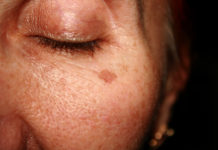




![[Photos] Take A Look Of The Obama’s New Home Before It’s Banned](https://lifetonik.com/wp-content/uploads/sites/7/2019/07/Obama1-218x150.jpg)

![[Slideshow] Celebrity Homes: 21 Of The Most Luxurious](https://lifetonik.com/wp-content/uploads/sites/7/2019/07/Taylor-Swift-218x150.jpg)
![[Slideshow] More Parents Are Now Gluing Pennies to the Bottom of their Kid’s Shoes](https://lifetonik.com/wp-content/uploads/sites/7/2019/07/Keep-Them-Entertained-218x150.jpeg)
![[Photos] 20 Fashion Mistakes That Too Many Women Make!](https://lifetonik.com/wp-content/uploads/sites/7/2019/07/5-style-mistakes-that-make-you-look-frumpy-featured-218x150.jpg)











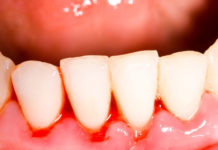







![[Gallery] 25 Discounts For Seniors To Which You Are Entitled Without Knowing It](https://lifetonik.com/wp-content/uploads/sites/7/2019/08/EAZxECUXUAAvNZR-218x150.jpg)
![[Slideshow] Here’s the salary of every governor in the United States](https://lifetonik.com/wp-content/uploads/sites/7/2019/08/Charlie-Baker-218x150.jpg)
![[Photos] No One Will Want To Buy This House After Seeing These Pictures](https://lifetonik.com/wp-content/uploads/sites/7/2019/08/terrible-real-estate-photos-2-5c35e727c9f95__700-218x150.jpg)



